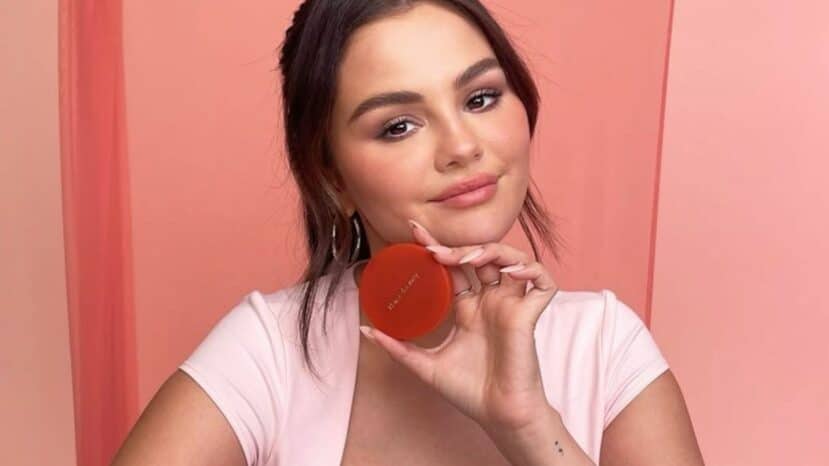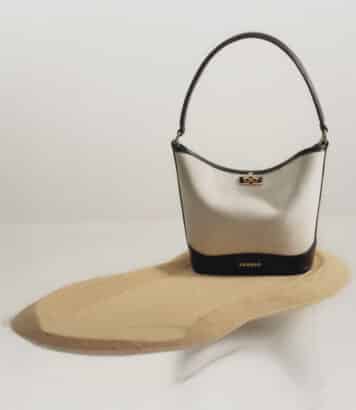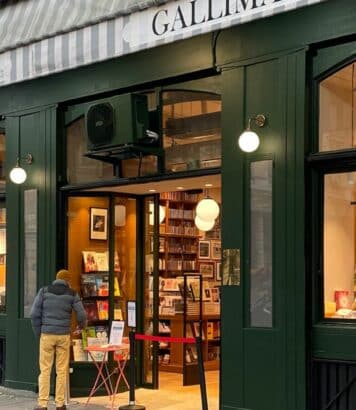Why beauty is set to change its face by 2027

Beauty is no longer just a question of trends, but of strategy. By 2027, cosmetics brand takeovers are set to explode. In the firing line? A demanding generation and reconfigured markets.
A wave of acquisitions driven by Gen Z
According to a study by Kearney, the personal care sector saw 350 buyouts in 2024, an increase of +40%. However, the average transaction value fell by nearly 60%, illustrating the prevailing caution in an uncertain economic climate.
Despite this, 9 out of 10 executives expect a net upturn in M&A activity by mid-2026. The aim? To adapt portfolios to a younger clientele, eager forinnovation, clean beauty and cosmetic technologies. A demanding demand, but one that is considered strategic.
Segments and brands that attract interest
Among the most targeted segments: face and body care, perfumery, connected beauty and dietary supplements. Make-up, in slight decline in terms of growth, could become a breeding ground for purchasing opportunities, with many active ingredients available.
In terms of territories, the United States remains the focus of attention. Brands such as Augustinus Bader, Westman Atelier and Rare Beauty – launched by Selena Gomez and followed by over 8 million followers on Instagram – are high-potential targets.
The Middle East andIndia are also emerging as new lands of conquest for luxury players. Europe, South Korea and Japan, on the other hand, should see more moderate growth.
Opportunities yes, but not at any price
Despite the accelerating pace of takeovers, experts insist that only a long-term strategic vision will turn these operations into successes. Diversification is no longer enough. What’s needed are strong values, differentiating technology and the ability to attract a committed community.
Read also: Dior cleared but under pressure: luxury faces up to its responsibilities




